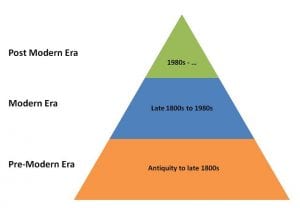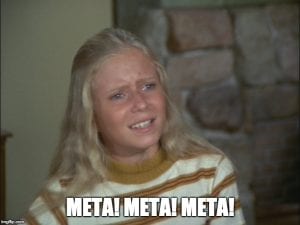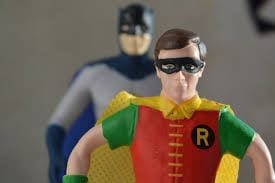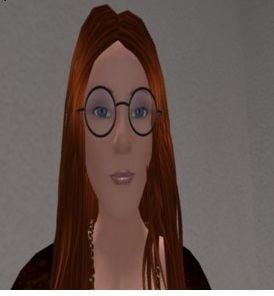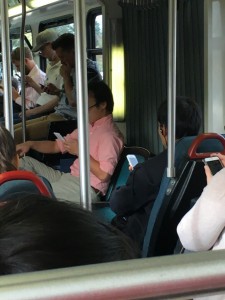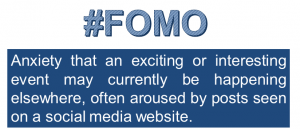Ten years ago in April, I posted on my blog for the very first time. What a significant decade… a transformation not only for me but for all of us, as we moved from primarily being physical world citizens in local communities to become digital citizens on a global scale.
Highlights of my Digital Decade
Exploring virtual worlds
Shortly after starting my blog, I entered virtual worlds for use as a library and information science professional. Life in networked culture became the main focus of my blog and virtual worlds (for education) became my research focus. I earned my PhD in Library Science in 2012. 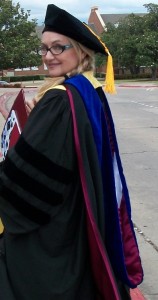
At first, I found virtual worlds a unique and almost unbelievable experience. After meeting the librarians in Second Life, I used the experience to enhance my academic journey and my dissertation was “Factors Contributing to the Adoption of Virtual Worlds by Librarians”.
Observing students in my school library, as well as individuals everywhere on digital devices in coffee shops and on streets, I began to realize we all live in virtual worlds– whether or not we enter them with an avatar.
Building a PLN
Even the brilliant experts of computer science and metadata are struggling with concepts of cybersecurity, privacy and digital citizenship. Currently, the FBI is working on how to get through encryption to fight crime, parents are concerned about the future for children in a world that is dependent upon digital information, and the tools we use are constantly changing.
The benefits of networked society are huge but so too are the problems it presents. A PLN (Profession or Personal Learning Network) has become imperative to understanding life in digital culture. I wonder, though, if we put too much emphasis on following our PLN blindly. When I click “agree” to the lengthy TOS (terms of service) on apps, I justify my lack of knowledge about the legalese and shrug it off thinking, “I know Mr. X, Ms. Q, and Mrs. K Teacher all use this app so it must be okay.”
I have found most people are generous, helpful, and willing to share knowledge and information. Twenty years ago, my learning community was a small local group but today it is gigantic and spreads across the globe. Do we really understand the enormity of this? I don’t think it is possible to realize the consequences of toppling of the information hierarchy which happened so abruptly at the close of the Gutenberg Parenthesis.
The Power of Twitter
Currently, Twitter exemplifies the power of connectivity in digital culture. Everyone has a voice. Through key words (hashtags) those voices can be heard instantly across the planet. Very few people have had any training at all in using the power of Twitter and (IMHO) most of the content is trivial, disposable media, such as humorous memes, gifs, and witticisms. The potential to utilize the power of networked culture for high quality deep learning and edification is buried under millions of tweets. Digital citizens are challenged to dig for buried treasure.
What will the next decade bring?
Sometimes, when I discuss digital citizenship, I see fear in the faces of parents or learners who see themselves becoming “addicted to screens”. It is certainly too late to put the Internet cat back in the bag! Networked connectivity happened without providing a training.
My tips for coping with “the online sea of chaos” over the next decade:
- Take digital citizenship seriously
- Strive to share only positive meaningful information
- Continue building a PLN both for learning and teaching
- Recognize the need for time to unplug, reflect and appreciate the physical world
- Seek solutions that always provide hope and reduce fear
Here’s to the next decade: Less fear- More hope!
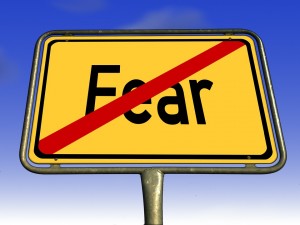
https://pixabay.com/static/uploads/photo/2013/10/21/08/10/fear-198933_960_720.jpg
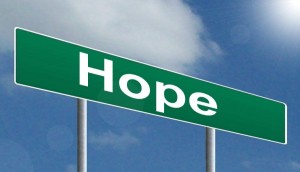
http://www.picserver.org/images/highway/phrases/hope.jpg
